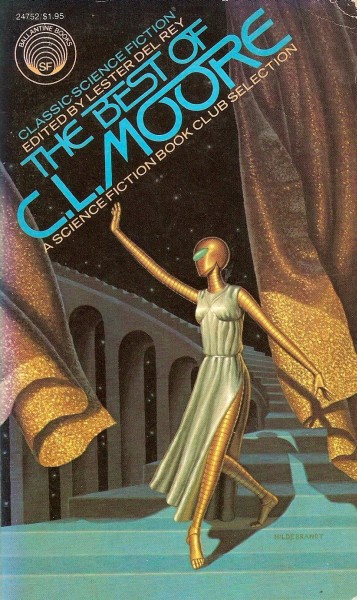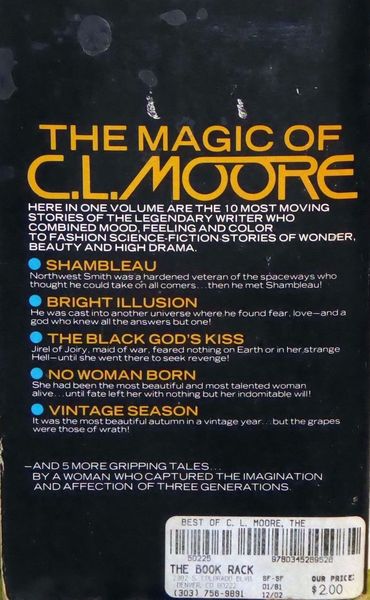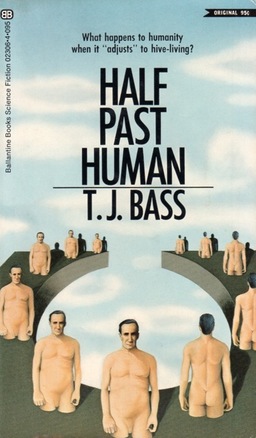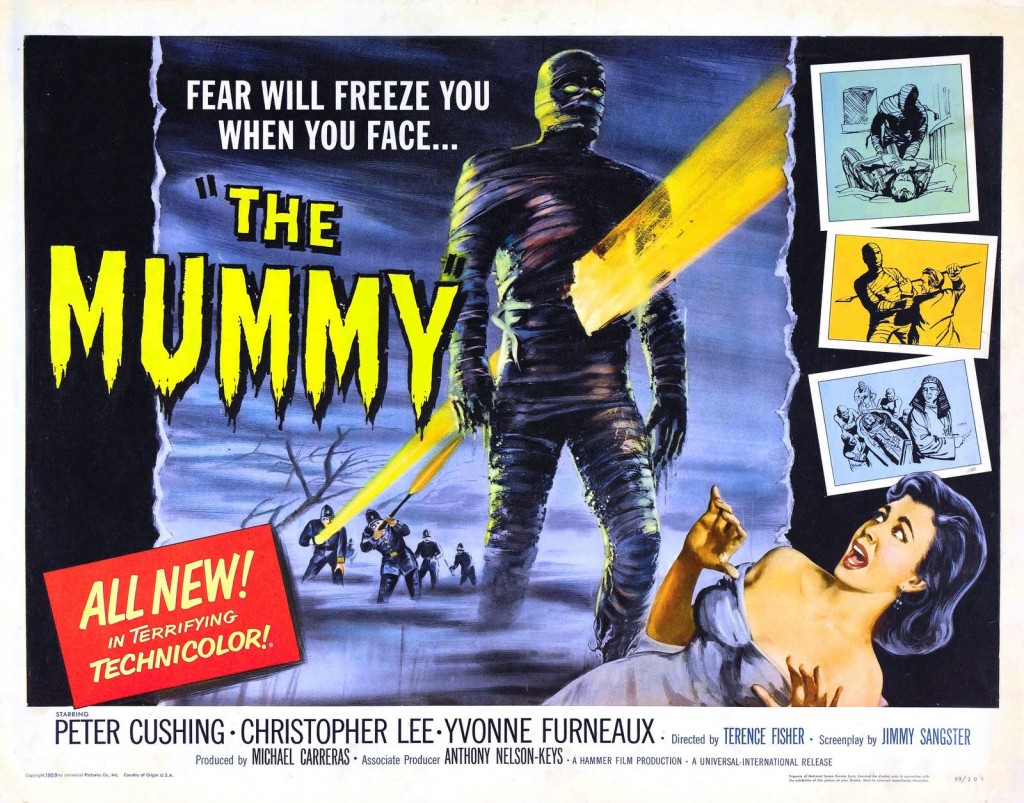Smugglers, Alien Vampires, and Dark Dimensions: The Best of C. L. Moore
 |
 |
The Best of C. L. Moore (1976) was the sixth installment in Del Rey’s Classic Science Fiction Series. After taking a break from the fifth installment to let J. J. Pierce edit, Lester Del Rey (1915–1993) returned to edit and give an introduction to this volume.
You may recall that Dean Ellis (1920–2009) did the cover art for the first four installments in the series with Darrell Sweet handling the fifth, though still in the style of Ellis. But the fabulous cover art of The Best of C. L. Moore was done by “The Brothers Hildebrandt” (twin brothers Greg [1939–] and Tim [1939–2006]) and represents something of a departure from the artistic precedence of Ellis and Sweet. It’s a portrait of the main character in Moore’s story, “No Woman Born.”
Catherine Lucille Moore (1911–1987) was one of the greatest science fiction and fantasy writers of the Twentieth Century. Writing under the name C. L. Moore, she was one of the first truly successful women writers in genre fiction, gracing the early pages of Weird Tales and Astounding Stories. She was also was famously married to another well-known sci-fi writer, Henry Kuttner (1915–1958), whom she collaborated with on many stories. However, all but two of the tales in The Best of C. L. Moore were written before her time with Kuttner. As with the previous books published while the featured author was still alive, Moore has a small afterword at the end.









